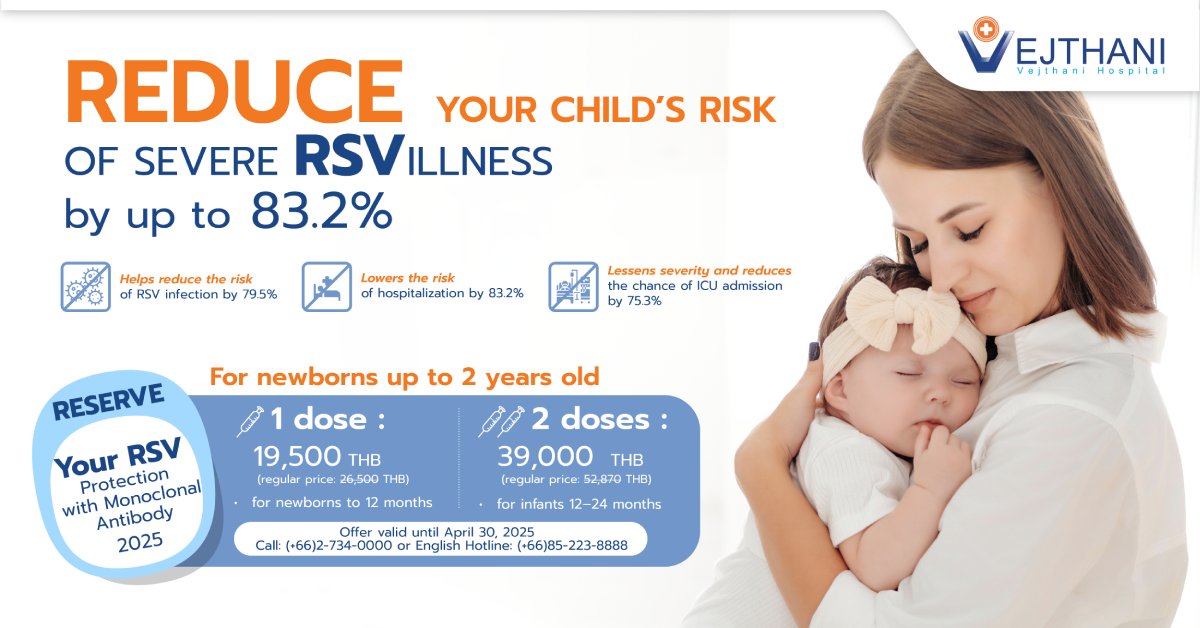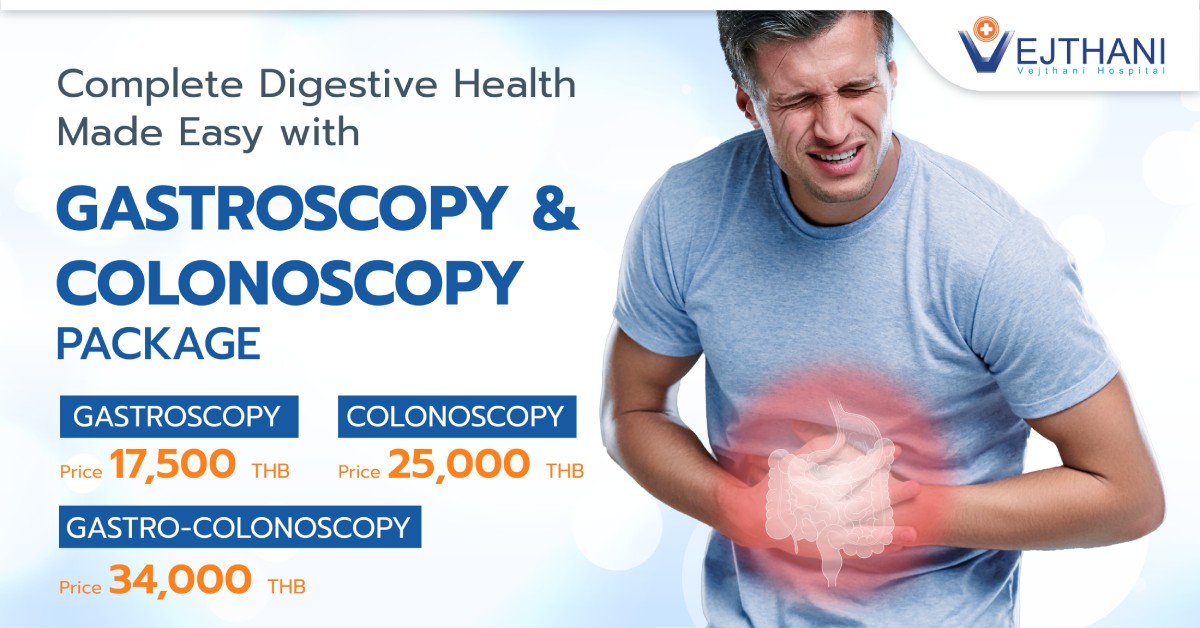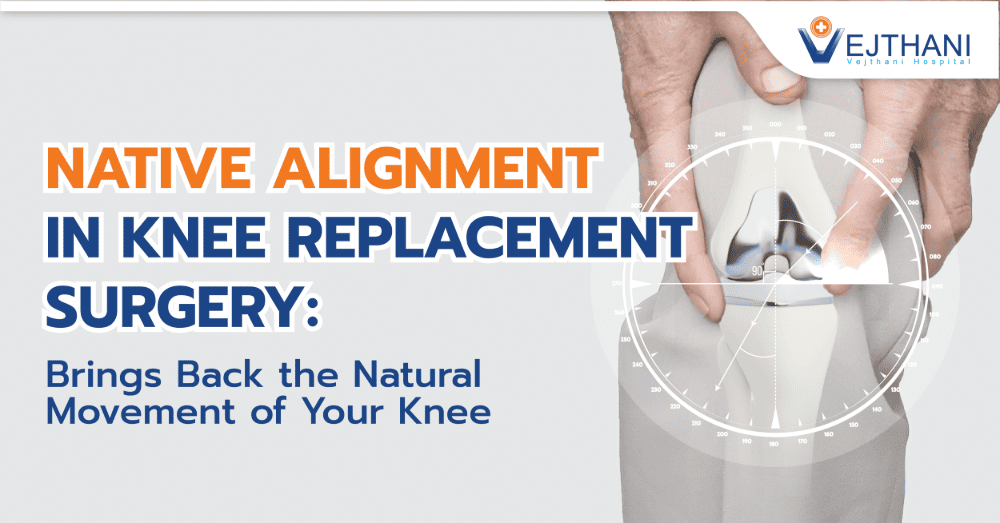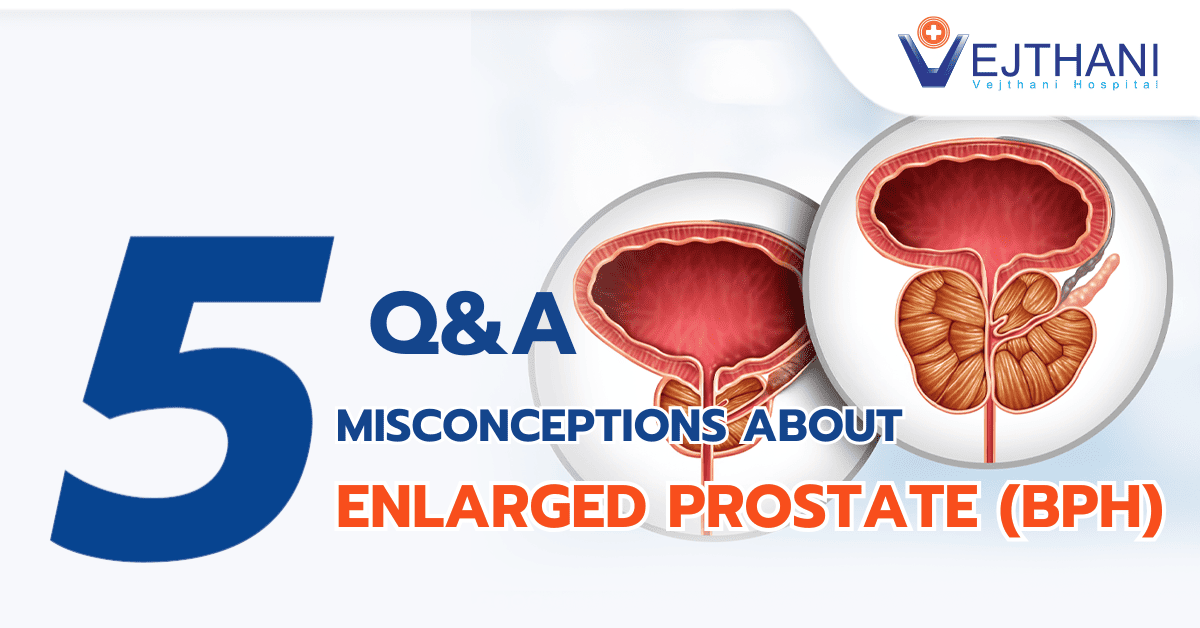
Colonoscopy Prep
Overview
Preparing for your colonoscopy requires thorough planning, including emptying your bowels beforehand to ensure optimal clarity during the exam. This step is crucial for your doctor to effectively examine your colon, as any residual matter can obscure their view. Clear visualization is crucial for detecting polyps, small growths that may indicate colorectal cancer, which often cling to the inside walls of the colon. Therefore, meticulous preparation is essential for a successful procedure.
Colonoscopy prep or bowel prep kit
A colonoscopy prep, or bowel prep kit, is an oral laxative solution taken before a colonoscopy. This preparation might also be necessary for other procedures, such as a lower GI X-ray exam or colectomy. You’ll drink the solution the night before your procedure to thoroughly cleanse your bowels. Doctors recommend various types of formulas for this purpose.
While different bowel prep kits may contain slightly different combinations of ingredients, they generally all include:
- Osmotic laxatives: The key ingredient in your bowel prep kit that induces bowel movements is known as an osmotic laxative (or hyperosmotic agent). Your kit might contain one or a combination of these agents. These substances are not naturally absorbed by your bowels, causing them to draw in additional water from your body. This influx of water softens the stools and increases the volume in your colon, prompting muscle contractions (peristalsis) to expel the contents.
- Electrolytes: The process of cleansing your bowels can be highly dehydrating, making it essential to take osmotic laxatives with additional fluids and electrolytes. Hyperosmotic agents draw a significant amount of your body’s water into the bowels and expel it rapidly, preventing the usual reabsorption of water and electrolytes. This can lead to serious electrolyte imbalances. Therefore, your bowel prep kit includes fluids and electrolytes to mitigate this risk.
Types of colonoscopy prep kits
Depending on the kind of laxative they employ, colonoscopy preparations can be divided into two main groups.
Polymer-based formulas (PEG)
The most often used bowel prep solutions contain polyethylene glycol 3350 (PEG), a laxative based on polymers. This large molecule cannot be absorbed through your colon, resulting in a hyperosmotic effect. PEG formulations are usually available as powders that are meant to be combined with a lot of water. They might provide instructions for using a sports drink along with electrolytes or both.
Saline-based formulas (NaP)
Sodium Phosphate (NaP) is the main osmotic agent in saline-based laxatives, and additional mineral salts like potassium and magnesium are frequently added as well. These formulae, which are in tablet form, provide an alternative to drinking your colonoscopy preparation. Even though the salts naturally include electrolytes, electrolyte imbalances can nevertheless happen in certain formulations. Overdosing on minerals could be a concern for some persons.
Risks
Common risks are:
- Dehydration
- High Blood Urea Nitrogen (BUN)
- Hyperphosphatemia and phosphate nephropathy (high phosphate-related kidney damage)
- Low potassium level or hypokalemia
- High potassium level or hyperkalemia
- Low sodium level or hyponatremia
- High sodium level or hypernatremia
- Low calcium level or hypocalcemia
- Low magnesium level or hypomagnesia
- Seizures
Factors increasing your susceptibility to these complications encompass:
- Age surpassing 65 years.
- Persistent use of NSAIDs (like aspirin and ibuprofen).
- Malnutrition.
- Inflammatory bowel disease.
- Diabetes.
- Renal insufficiency.
- Hepatic insufficiency.
- Congestive heart failure.
- Arrhythmia (irregular heartbeats).
- Myocardial infarction (heart attack).
- Use of hypertension medications (such as ACEIs and ARBs).
- Diuretic therapy.
To assist in selecting the best colonoscopy prep kit for you, your doctor will need to be fully informed about your medical history, including any past or present problems you have been treated for and drugs you have used.
Before the procedure
In the days leading up to your colonoscopy, you’ll adjust your diet, typically starting with a low-fiber diet for a couple of days before transitioning to a clear liquid diet on the final day. The specifics may vary slightly depending on your doctor’s instructions. The evening before your procedure, you’ll begin your prescribed laxative bowel prep. The timing of this will depend on the type of laxative you’re using and the scheduled time of your colonoscopy, which will be outlined in your prescription. Typically, a PEG-based bowel prep may take one to three hours to take effect, while a NaP-based one may take three to six hours. If you’re experiencing extreme constipation and your bowel movements haven’t improved, it’s important to contact your doctor. They may recommend additional measures such as an enema or another dose of the laxative to help stimulate your bowels.
During the procedure
Although each person’s body is unique, most people are able to finish their purging cycle before turning in for the night. On the morning of your colonoscopy, you might need to get up early to take your second dose if you’re taking a split dose. However, you ought to be able to snooze in between. Just allow yourself enough time before bed to finish the cleanse. Ensure you are comfortable in the bathroom during your stay.
After the procedure
Once your stool is clear, indicating successful preparation for your colonoscopy, it should appear yellow and transparent, rather than cloudy. If it’s not clear, additional measures may be necessary before the procedure. However, with timely preparation, queasiness is typically minimal upon arrival for the operation. If you’re worried about potential accidents, consider investing in protective underwear. This can provide peace of mind and alleviate concerns about any unexpected situations.
Contact Information
service@vejthani.com






















